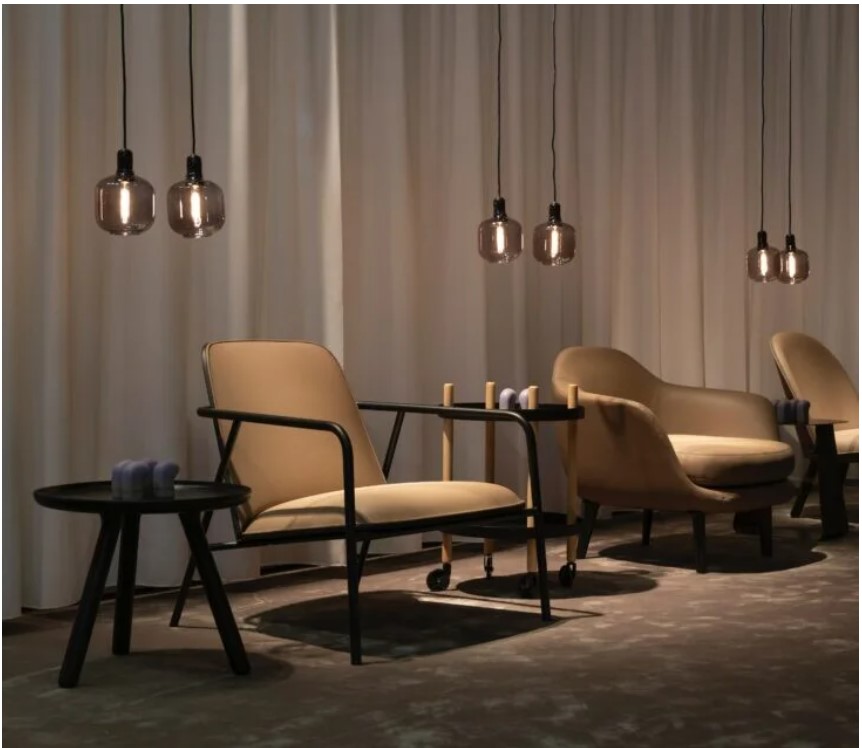In the ever-evolving world of interior design and furniture restoration, upholstery stands as one of the most essential and artistic crafts. From breathing new life into an old armchair to customizing a brand-new sofa for your living space, upholstery plays a central role in both aesthetics and functionality. It’s more than just fabric it’s a fusion of craftsmanship, creativity, and comfort.
In this blog, we’ll dive into what upholstery truly means, explore its different types, understand why it’s important, and how it can completely transform a space.
What is Upholstery?
At its core, upholstery refers to the process of covering furniture particularly seats, sofas, and beds with padding, springs, webbing, and fabric or leather covers. It combines structural integrity and visual appeal, ensuring furniture is not only durable but also comfortable and stylish.
The practice dates back to the Middle Ages and gained popularity during the 17th and 18th centuries when wealthy households began commissioning custom-made chairs and lounges adorned with luxurious textiles and intricate detailing.
Types of Upholstery
Upholstery comes in various forms depending on the materials used, the intended purpose of the furniture, and the design style. Here are the most common types:
1. Traditional Upholstery
This method uses time-honored techniques involving natural materials such as horsehair, cotton, hessian, and coil springs. It’s typically applied in antique furniture restoration and requires high-level craftsmanship.
2. Modern Upholstery
Modern upholstery incorporates synthetic materials like foam and polyester. It is commonly used in contemporary furniture manufacturing and offers greater flexibility in terms of design, cost, and functionality.
3. Commercial Upholstery
Used for restaurants, hotels, offices, and healthcare settings, this type focuses on durability and compliance with fire safety standards, while still maintaining a polished look.
4. Custom Upholstery
Custom upholstery gives clients full control over every aspect of their furniture's finish from the fabric and pattern to stitching and tufting. It’s a great option for unique, personalized designs.
Why Upholstery Matters
Good upholstery goes beyond just looking good. Here’s why investing in quality upholstery is worth considering:
1. Comfort
Upholstery determines how comfortable your furniture is. Proper padding and ergonomic design support posture and ensure a pleasant seating experience, whether it’s a living room couch or an office chair.
2. Aesthetic Appeal
With an endless range of colors, textures, and patterns available, upholstery can dramatically influence a room’s decor. A bold fabric can make a statement piece, while subtle tones create a calming environment.
3. Sustainability
Reupholstering old furniture is an environmentally conscious decision. Instead of discarding quality frames, reupholstery lets you preserve valuable pieces and reduce landfill waste.
4. Cost-Effective Makeover
Instead of buying brand new furniture, giving your existing pieces a fresh look through reupholstery is often more affordable and rewarding.
Popular Upholstery Fabrics
Choosing the right fabric is crucial for durability and design. Here are some top picks:
- Cotton – Natural, breathable, and budget-friendly.
- Linen – Elegant and soft, best for formal areas.
- Velvet – Luxurious texture, ideal for statement pieces.
- Leather – Durable, classic, and easy to maintain.
- Polyester Blends – Resistant to wrinkles and fading; perfect for busy households.
Each material has its pros and cons, so it's important to match your choice with the furniture's purpose and expected usage.
Upholstery in Interior Design Trends
Modern interior design heavily leans on the magic of upholstery to create mood, texture, and comfort. Designers now embrace bold prints, mixed textures, and sustainable fabrics to reflect personality and consciousness in home decor.
Statement chairs in jewel-toned velvets, upholstered wall panels, and tufted headboards are just a few examples of how upholstery is making its mark beyond just sofas.
DIY vs Professional Upholstery Services
While DIY upholstery might seem appealing and cost-effective, it requires tools, time, and skill. If the furniture is antique or intricately designed, professional services are highly recommended to avoid costly mistakes.
Professional upholsterers bring expertise in:
- Frame repair and refinishing
- Fabric sourcing
- Precision cutting and sewing
- Cushion refilling
- Compliance with safety standards (especially for commercial projects)
For valuable or sentimental furniture, expert restoration through skilled upholstery ensures it lasts for generations.
How to Choose the Right Upholstery Service
When selecting a professional upholstery service, consider the following:
- Experience & Portfolio: Look at their previous projects.
- Fabric Options: A good service should offer a wide range of fabric choices.
- Customization: Can they work with your design ideas?
- Pricing Transparency: Ensure clear, upfront estimates.
- Customer Reviews: Testimonials can reveal quality and reliability.
Whether you're restoring a cherished heirloom or designing furniture for a new business, the right upholsterer can turn your vision into a reality.
Upholstery Maintenance Tips
To extend the life of upholstered furniture, follow these tips:
- Vacuum regularly to remove dust and prevent buildup.
- Avoid direct sunlight, which can fade fabric.
- Rotate cushions to ensure even wear.
- Spot clean spills immediately with mild soap and water.
- Use fabric protectors for high-traffic furniture.
With proper care, quality upholstery can maintain its appeal and comfort for years.
Conclusion: More Than Just Fabric
Upholstery is more than a layer of fabric it's an expression of craftsmanship, personality, and purpose. It combines form and function, allowing you to transform any space into one of warmth, character, and comfort. Whether you are giving a second life to an old sofa or designing bespoke seating for a luxury space, the right upholstery choices can make all the difference.





Comments